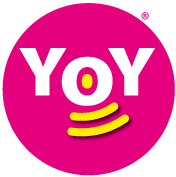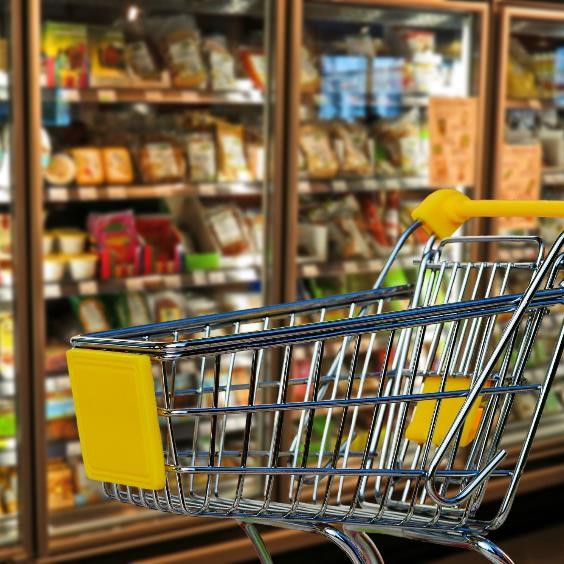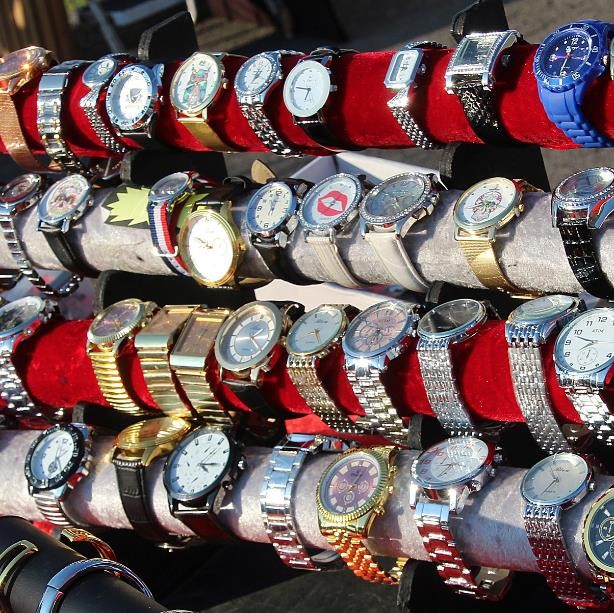Whether it's "organic," "sustainable palm oil," "fair trade cotton," or "responsible fishing" - when shopping, one encounters such claims on products more and more frequently. However, anyone who deals with environmentally friendly and fair product alternatives in their everyday life knows that finding truly sustainable items is not as easy as it seems at first glance.
The main reason for the difficulty of such purchasing decisions: the huge flood of information one is confronted with when shopping. Why is the chocolate UTZ-certified? What is the difference between "Demeter" and "organic"? And what exactly do we mean by "sustainable" and "environmentally friendly"? These are certainly questions that everyone asks themselves regularly when shopping. The problem: The mass of seals, certificates and other sustainability promises makes buying environmentally friendly articles increasingly confusing. In addition, scandals involving supposedly green companies are causing customers to have doubts. Whether environmental sins, data falsification or forced labor - such incidents make consumers more skeptical about sustainable products. So it's no wonder that people are increasingly asking themselves when shopping: Which "sustainable" products can I trust?
For companies, of course, the confusion and the emerging doubts of customers are causing major problems. Solutions to counteract this development are therefore urgently needed. But how can consumers be convinced of the sustainability of an article?
Transparency as a trademark
As a study by inRiver shows, more transparent product information is a good way to increase customer confidence in sustainable products. For 71 percent of the consumers surveyed, detailed information about the sustainability of a product would increase the likelihood that they would buy it. If companies make transparency their unique selling proposition, they can prove to customers that the information they provide is correct and thus set themselves apart from the black sheep on the green market.
Creating transparency with YoY®
Small product packaging, hardly any opportunities for attaching additional advertising materials, and an inattentive clientele - in brick-and-mortar retail, transparent communication encounters a number of challenges. As a company, you are therefore right to ask yourself: How can you efficiently provide transparent information about products?
The most important touchpoint along the customer journey is and remains, of course, the product itself. On the digital path, however, this point of contact with customers often remains unused - even though a number of factors speak in favor of this. On average, users switch on their smartphones around 90 times a day and spend almost four hours a day on their cell phones. It is clear that in order to make effective use of customer contact with products at the point of sale and point of consumption for the presentation of transparent information, the product and its packaging can be enhanced by digital solutions.
With the help of YoY®, this idea can be realized. YoY® enables consumers to scan a QR code on the product packaging using their smartphone and then call up information on the extended supply chain of the respective item in a web app. The special feature: With the help of YoY®, the value chain can be made traceable for each individual product, enabling companies to successfully prove that they actually comply with the stated sustainability promises. This technology satisfies customers' need for information and also establishes a completely new communication channel to consumers, which companies can use in a variety of ways.
Success Story: YoY® pioneer Schwarzwaldmilch
YoY® partner Schwarzwaldmilch has already been successfully using this technology on the packaging of its organic hay milk since fall 2019. For more than a year and a half, the company's customers have thus been informed about the conditions under which the cows are kept on the farms, the date on which the cow is milked, and the day on which the milk is transported to the supermarket. In this way, it can be guaranteed: Where it says "organic" on it, it really is "organic" in it.










